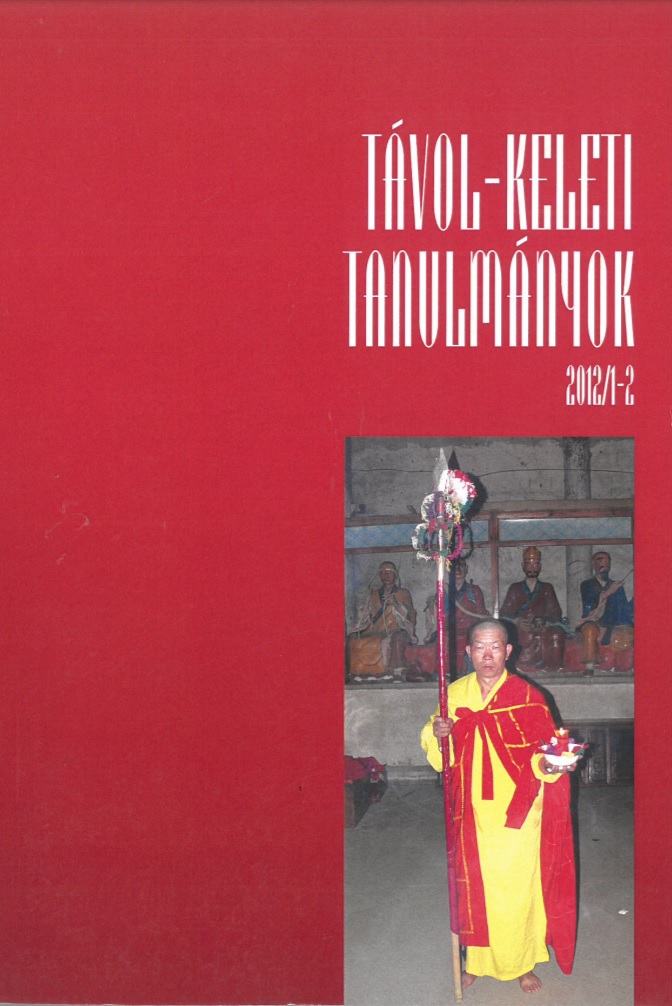Published 2014-09-03
How to Cite
Copyright (c) 2014 the author(s)

This work is licensed under a Creative Commons Attribution-NonCommercial 4.0 International License.
Abstract
The author endeavours to find answers on how a highly isolated Japanese village community could retain its consciousness regarding the so-called village border line. The phenomenon of the village borderline, never accentuated by big walls around the village territory – except in case of the ancient ditch villages – always had an important role in the everyday and religious life of the community. However, in order to express the holiness of the area which led from the world outside into the safe, inner world of the village, villagers placed some natural or handmade symbolical signs near the border. These signs were considered to possess mystical powers of the kami that could help the community in critical times, so the objects along the borderline were
always highly respected by the villagers. They used these objects to perform various rituals and set up certain rules to keep away disasters and maintain the inner order of the community, thus the borderline and the objects beside it had a strong influence on the collective consciousness and the dualistic worldview of the inhabitants.
